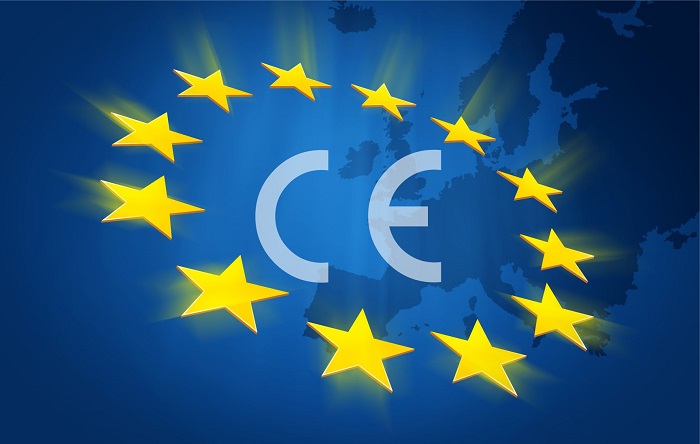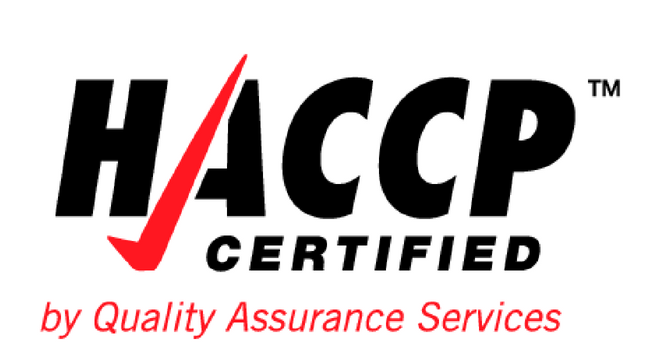
Common questions of CE MARKING
The word "CE" in CE label must be appropriate for the prescribed rate, can be directly labeled on products or packaging. Regardless of the size of "CE" symbol,....
Question: Are ISO 22000:2005 Food safety management systems và HACCP similar? Does the company applying HACCP necessarily transform to ISO 22000: 2005 ?
ANSWER:
In fact, these two systems are similar in nature and are aimed at helping food processing and production enterprises as well as control the hazards from farming until the food is used. Used by consumers. ISO 22000 and HACCP all have the regulations that businesses want to apply that follow the seven principles set out by the Codex Commission to determine the control of food hazards.

Question: Why is HACCP important ?
ANSWER:
HACCP is important because it prioritizes and controls potential hazards in the food production process. By controlling major food risks, such as microbial, chemical and pollutant hazards, physical hazards, A food manufacturing business can commit to the consumer that his / her product is safe to consume, thereby reducing the risk of food poisoning and increasing the health of the community.
QUESTION: What is the main hazard in food?
ANSWER:
Researchers now recommend that consumers are primarily concerned about chemical residues (pesticides, antibiotics, etc.). However, these hazards are relatively rare. The current concerns of the food industry are pollutants and microorganisms, such as Salmonella, E. coli O157: H7, Campylobacter. And HACCP is designed to focus and control these dangers.
QUESTION: Is HACCP a new quality management system?
ANSWER:
HACCP is not a new quality management system. In fact, they were first used in 1960 by the Pillsbury Company to produce the best quality and safest food for astronauts in the universe. The National Science Foundation, National Advisory Committee on Microbiological Standards for Food and the International Codex Alimentarius Commission have identified HACCP as the best process control system for food production. in the world today.
Question: What are the differences between HACCP and current audit program?
ANSWER:
With the current food inspection program based on the "See, smell and touch" principle, this approach is based on the detection of more potential hazards than prevention. Moreover, the testing program was designed in the 1930s when the major threats that were of concern were the diseased animals and physical contaminants. Nowadays, threats such as microorganisms and chemical pollution can not be seen again.
Question: What is the role of microbiological testing in HACCP program?
ANSWER :
If there will be ineffective if microbiological test is conducted in the final product because there is not enough data to identify the affected product at any stage.
Microbial testing plays an important role in HACCP programs. This is a good way to test the effectiveness of the HACCP system and is the basis for tracking trends and configurations of the product. By tracking the behavior of microbiological data, it can help to identify products in the production process that are not properly controlled. Proactive and preventive measures can then be introduced to help mitigate such dangers.
Question: How to effectively apply HACCP from farm to table?
ANSWER :
Question: I would like to know the difference between the two systems HACCP standard and ISO 22000. If we are applying HACCP, can we transform to ISO 22000?
ANSWER:
ISO 22000 is a food safety management system structured similarly to ISO 9000 but based on the principles of HACCP. When successfully implemented ISO 22000 means that the organization meets the requirements of food hygiene and safety HACCP under the management structure of ISO 9000.
When you want to convert from HACCP to ISO 22000, you need to do the following:
